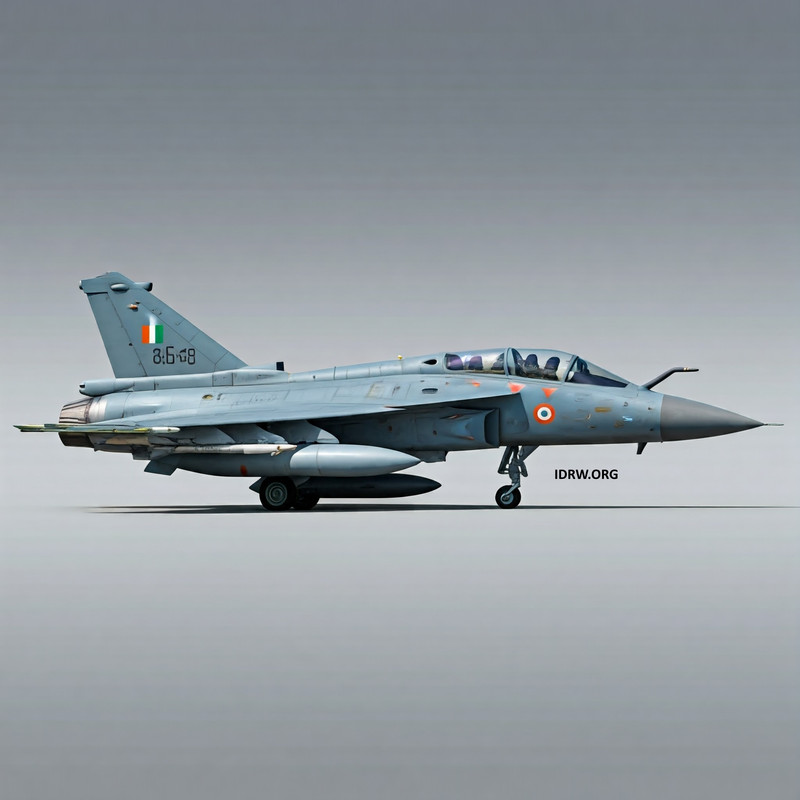SOURCE: AFI


In a significant development, Air Chief Marshal V R Chaudhari of the Indian Air Force (IAF) emphasized the urgent need to ramp up the production capabilities for India’s home-grown fighter jet, like Tejas MkII, to meet the IAF’s increasing demand. Speaking on Thursday, Chaudhari highlighted the importance of expanding assembly lines and called for greater collaboration with the private sector.
“The way forward is to diversify the production lines, have more public-private partnerships or joint ventures with private partners to establish multiple production lines. This is the way to catch up with our requirement,” Chaudhari stated.
The IAF has projected a need for nearly 200 Tejas MkII jets shortly. To meet this demand, the Air Force aims for an annual production rate of 24 jets. This target represents a significant leap from current production levels and would require an expansion of assembly facilities. Chaudhari’s remarks align with recent discussions within the defence sector about the strategic role that private industry could play in achieving these ambitious production goals.
According to reports from idrw.org, the Air Chief Marshal was strongly advocating for the creation of a dedicated private assembly line for the Tejas MkII program. Such a move would not only increase production capacity but also enhance the speed of delivery, allowing the IAF to keep pace with the growing requirements for modern fighter aircraft.
The Tejas MkII is a key part of India’s strategy to phase out older aircraft such as the Mirage-2000 and MiG-29 by the mid-2030s. The Indigenous fighter jet is designed to be a multi-role aircraft, capable of replacing the ageing fleet and strengthening India’s self-reliance in defence manufacturing.
The inclusion of private players is seen as essential to meeting the IAF’s high demand while reducing the burden on state-owned Hindustan Aeronautics Limited (HAL), which currently handles the bulk of India’s aircraft production. By diversifying production lines, the IAF hopes to avoid bottlenecks and ensure a steady supply of jets for its future needs.
The rollout of the first Tejas MkII is planned for late 2025, with its maiden flight expected in 2026. Following its first flight, the aircraft will undergo a four-year development cycle, targeting 2032 for clearance for mass production. This timeline aligns with the scheduled retirement of the Mirage-2000s and MiG-29s, which are expected to be phased out between 2035 and 2037.
The Tejas MkII will feature significant upgrades over its predecessor, the Tejas MkI, with enhanced avionics, a more powerful engine, and increased payload capacity. These improvements are designed to address the operational gaps that exist in the IAF’s current fleet while preparing for future combat scenarios.
With nearly 200 jets on order and the need for a faster production rate, the IAF’s push for diversified production lines, particularly involving private sector participation, is a critical step in ensuring the success of the Tejas MkII program. The collaboration between public and private sectors will be crucial in achieving the IAF’s goal of modernizing its fleet while supporting India’s broader defense manufacturing objectives.